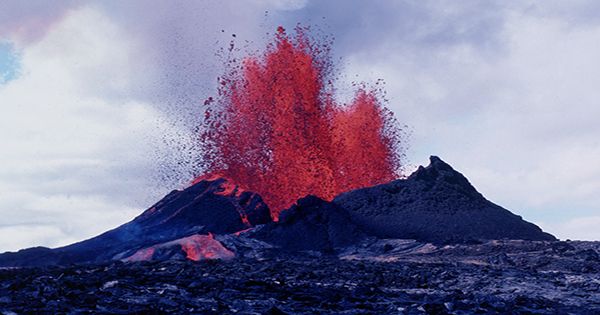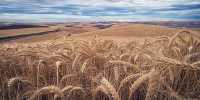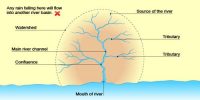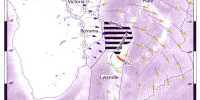Most volcanoes either sit above the boundary where the tectonic plates meet or the plume above where the magma rises from the mantle with this kind of heat forcing it to pass through the crust.
However, some inconsistencies do not fit very well in both cases, significantly ex-explosion sites throughout Eastern Australia. These have finally been explained and the same forces may be responsible for non-ordinary volcanoes elsewhere.
The Australian mainland is about 3,000 years after experiencing the eruption (although the memory of some later people still survives). However, more than 100 million years have elapsed since the eruption of about 5,000 kilometers (3,000 miles) from the rock plate border from Queensland to South Australia.
Dr. Ben Mather of the University of Sydney told IFLScience, “These volcanoes have shaped the [Australian] landscape.” “They have left a lasting legacy in the rich volcanic soil that supplies much of Australia’s agriculture.”
Yet their existence is astonishing. Mather noted in a statement, “We don’t have the famous Pacific ‘Ring of Fire’ that produces so many volcanoes and earthquakes.” Furthermore, the geology of the region indicates a “fairly consistent pattern of activity” rather than rare eruptions such as Krakatoa,” noted co-author Dr. Maria Seton. Despite being far from the border, the time and location of the volcanoes have been traced as the Pacific plate has been pushed beneath the Australian plate for the past 100 million years.
As science progresses, the west side of the Pacific Plate concludes with unusually high water and carbon-rich rocks at the head and Seton conclusion. Mather said, “This creates a transition zone just below Australia’s east coast that is rich in the volatile matter.”
Furthermore, Head explained to IFLScience, the subducted plates usually move to the mantle but the Pacific slab retains admirably long enough to move a long way under the Australian plate. The presence of all these elements, slowly enriching the mantle at that moment with the help of gas, encouraged the magma. Combining with the relatively thin part of the eastern part of the Australian plate, this hot plate frequently scatters the plate, causing explosions in both Australia and Zealand, including New Zealand.
The head told IFLScience, “Volcanoes in eastern China have very similar fingerprints, telling us they must be taken from a covered reservoir with a subtraction signature.” The authors of how this happened have not yet been able to assemble a similarly detailed model. Anyway, the head is probably the result of similar processes described by many ancient volcanoes in Australia from the borders of China, western North America, and the Bermuda Plate.
The work does not seem to allow volcanologists to predict eruptions in the human timescale. Nevertheless, Mather thinks it can provide a comprehensive prediction of the explosion frequency, Australia can expect more at any time, including in Tasmania or on the south coast.















